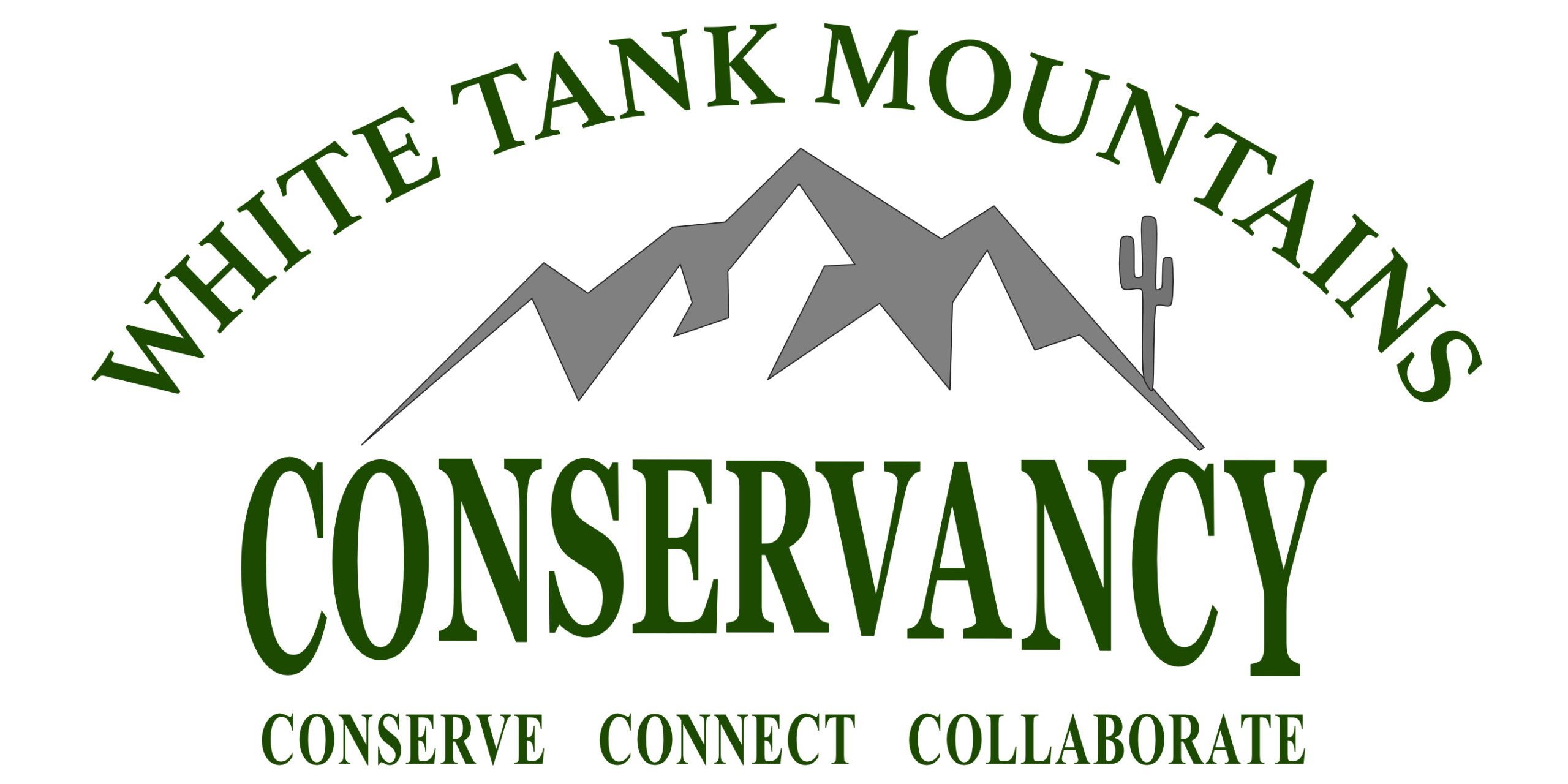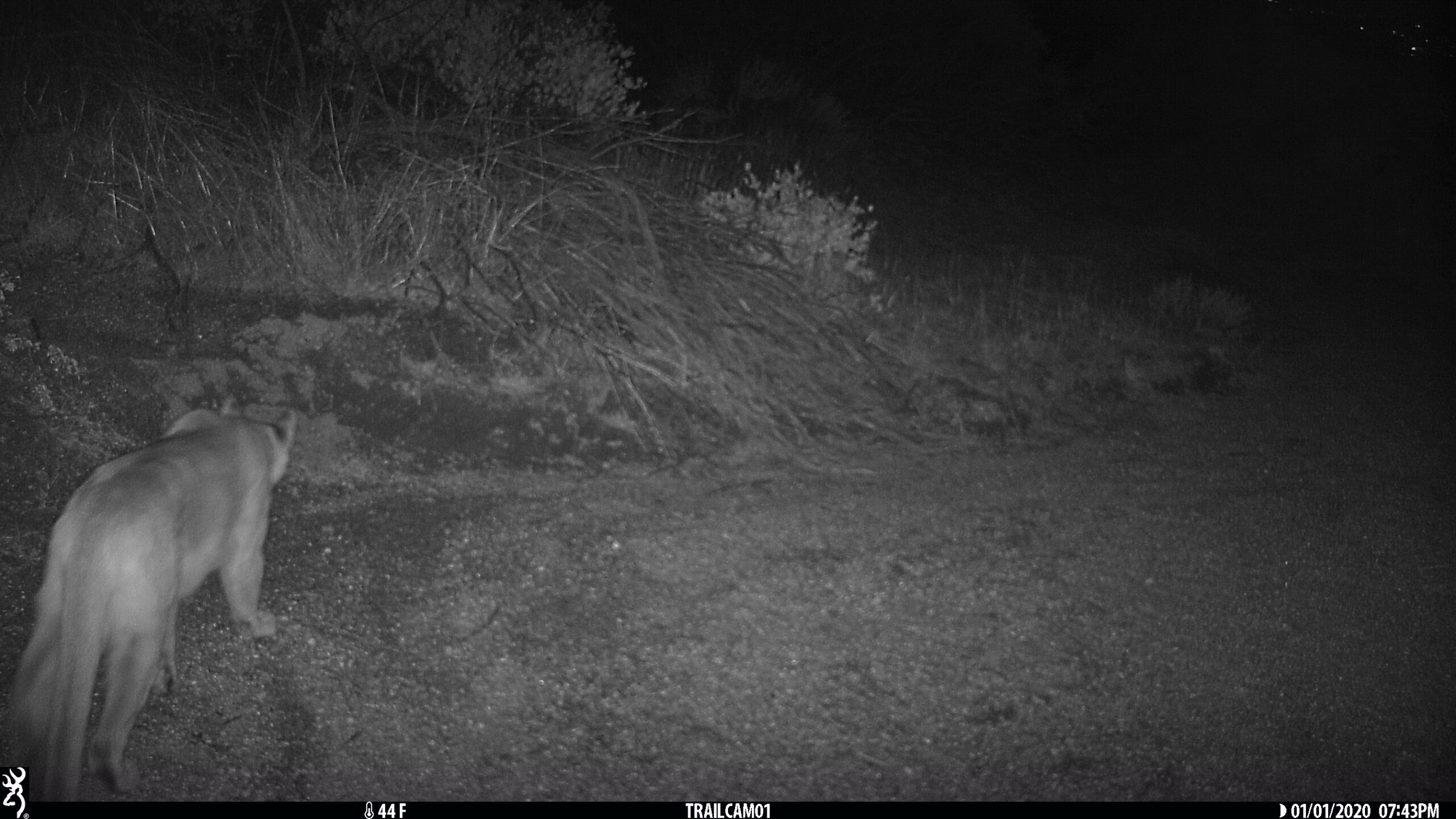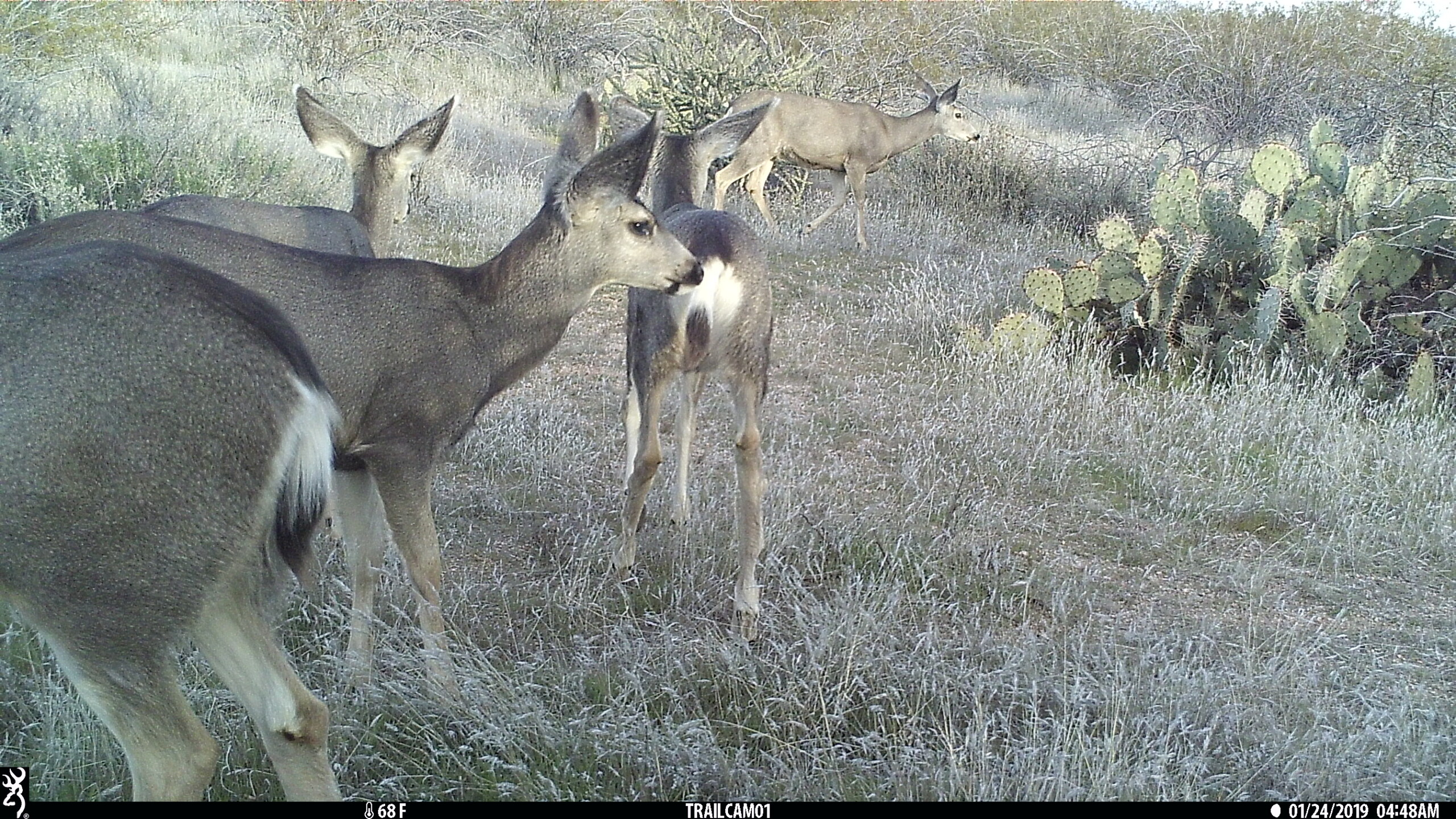Large, connected landscapes are critical for wildlife. Maintaining these connected open spaces can be challenging, especially in areas experiencing rapid urbanization. Can we protect wildlife while also meeting the desires of people?
McDowell Sonoran Conservancy, in partnership with the City of Scottsdale and other entities, has long considered this a top priority. McDowell Sonoran Preserve was designed to not only protect large areas of land but to also provide connectivity between those blocks and the larger region. The Conservancy closely monitors wildlife in the Preserve to assess population trends and to determine if that connection remains intact.
Our work is now modeling the way for others. We received the following letter from White Tank Mountains Conservancy, highlighting their efforts to maintain habitat connectivity in an area of rapid development and how our work has inspired them. You can learn more about their initiative at https://www.wtmconservancy.org/wildlife-corridors-initiative.

Dear McDowell Sonoran Conservancy,
The White Tank Mountains Conservancy (WTMC) is working in Western Maricopa County with many partners, including the cities of Buckeye and Surprise to create an innovative approach to balance population growth and development with nature. The WTMC’s mission is to “Inspire all to conserve and enjoy the natural and cultural resources of the White Tank Mountains.” This should sound very familiar to the McDowell Sonoran Conservancy and all who have supported the establishment of the McDowell Sonoran Preserve.
The WTMC’s flagship effort is the “Wildlife Corridor Initiative,” a collaborative effort to envision, enable and sustain a landscape-scale plan to preserve wildlife corridors that connect the White Tank Mountains ecosystem to other regional mountain ranges and natural areas, providing for a host of ecological benefits and services to people in the region.
The scientific research and monitoring that is happening at the McDowell Sonoran Preserve is of keen interest to the WTMC. Of particular interest is the wildlife research and monitoring pertaining to the Gooseneck Corridor. What lessons in design and management might there be to learn? Will the Gooseneck Corridor effectively function as a wildlife movement corridor once urban development surrounds it in the future and why? How might the conservation work of the McDowell Sonoran Conservancy model the way? Because the two Sonoran Desert mountain ecosystems share very similar ecology, there could be many shared lessons as the scientific work of the Parsons Field Institute continues.
It’s only natural that the White Tank Mountains Conservancy looks to the McDowell Sonoran Conservancy for insight and partnership on our mutual conservation interests. As part of an outreach campaign to build support and awareness of our Wildlife Corridor Initiative, we are currently developing an ArcGIS Online Story Map to tell the story about what future development plans in the cities of Buckeye and Surprise mean for the White Tank Mountains Ecosystem. Highlights from the Parsons Field Institute wildlife research and monitoring of the Gooseneck Corridor will be part of that story! The WTMC hopes sharing the example of the McDowell Sonoran Preserve’s Gooseneck Corridor will help to inspire our stakeholders in the west valley to take on the immense challenge of changing how we build cities in the future. We firmly believe we can grow communities AND conserve the natural heritage of the White Tank Mountains!
For more information about the White Tank Mountains Conservancy please visit https://www.wtmconservancy.org.
Sincerely,
Les Meyers
Executive Director
White Tank Mountains Conservancy



